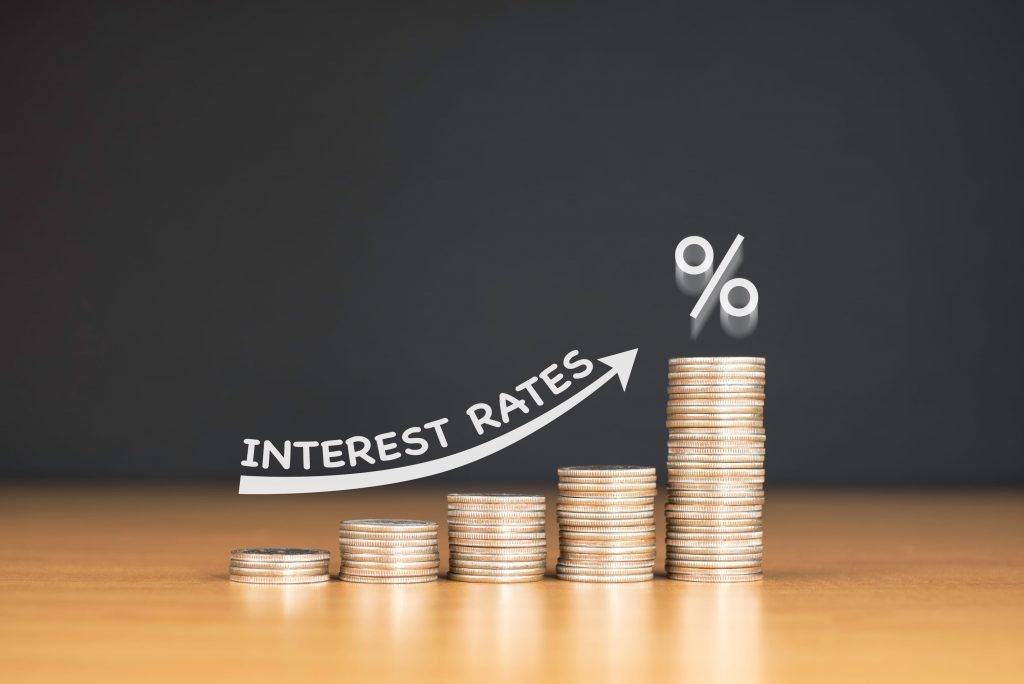By Samuel Ochieng, ACSI
Interest rates in the country continue to remain high, mainly on account of the elevated inflation rates that have been experienced in the past year. As a result, lenders attach a higher rate of return to their investments to ensure they do not lose out on purchasing power due to the rising costs of goods and services.
In the 13 months leading up to June 2023, the country’s inflation rate remained above the Central Bank of Kenya’s (CBK) target range of 2.5%–7.5%, even rising to a five-year high of 9.6% in October last year.
The elevated inflationary pressures triggered the Monetary Policy Committee (MPC) to adjust the Central Bank Rate (CBR) upward by a cumulative 300 basis points to 10.5% as of August 2023, from 7.0% in March 2022.
Furthermore, it was anticipated that the increased rates would lessen pressure on the shilling by making it attractive to foreign investors and subsequently boosting foreign inflows, which would enhance the supply of hard currency. However, the shilling has been hitting a record low, having shed its value by about 18% YTD against the US currency, adding to the 9.0% recorded in 2022.
The shilling depreciation remains a major concern in the economy, and despite measures taken by the government, such as the government-to-government petroleum import deal, nothing positive has come out of it. The shilling is even expected to remain under pressure owing to the ever-persistent current account deficit as well as the need for government debt servicing costs, which continue to put pressure on forex reserves given the high debt servicing obligation of a Sh291 billion ($2 bn) Eurobond due in June 2024.
Developed economies
Additionally, as interest rates in developed economies continue to rise, foreign investors exit markets such as Kenya, which are considered riskier, thus dumping the local currency, causing a further depreciation.
Another factor that has led foreign investors to shy away from investing in the country is the debt sustainability concerns, which have seen global rating agencies downgrade the country’s credit rating.
The high interest rate environment continues to stifle economic growth as borrowing and consumer spending decline and the volume of new businesses falls. The business environment keeps getting worse, as evidenced by the Purchasing Managers Index (PMI) remaining below the 50 no change threshold for six months in a row to July 2023, with the index in July 2023 dropping to 45.5 from 47.8 in June 2023, signaling a stronger downturn of the business environment at the start of H2’2023. In addition, private sector credit growth has been slowing, coming in at 12.2% in June 2023 compared to 14.2% in July 2022.
The cascading effect of high interest rates and sustained shilling depreciation continues to affect companies bottom lines, as most companies adopt contractionary measures by cutting back on growth during periods of tight financing conditions. The stock market suffers as well, as lower firm profitability and lower predicted future cash flows deter investors, resulting in capital flight as investing in company shares becomes less desirable.
Considering that GDP growth slowed to 5.3% in Q1’2023, compared to 6.2% in Q1’2022, the tight financing conditions come at a time when the economic fundamentals are weak and require stimulus to increase investment and consumption. As such, economic growth remains a major concern this year as activities are projected to slow down given the high cost of credit, which discourages borrowing and reduces investment and spending.
Target range
Regardless of the ease of inflation within the CBK target range, interest rates are projected to remain high in 2023. This is mostly due to the bleak outlook for GDP growth as well as concerns about the sustainability of government debt. As a result, investors will continue to lend to the government at a premium in order to cushion themselves from future losses. Given the government’s need to finance its budget deficit, it has little alternative but to borrow at a high cost. The consequential effect is that lending to the private sector will continue to be priced at a higher interest rate, reducing credit intake and, consequently, economic activity.
With inflation now within the CBK target range at 7.3% as of July 2023 and even expected to slow further with the eventual ease of food prices, we expect the MPC to pursue dovish policies to increase the supply of credit and stimulate spending in the economy. Furthermore, in order to provide liquidity in the economy, the CBK can potentially reduce the cash reserve ratio requirement for banks.
The writer is an analyst at Cytonn Investments


